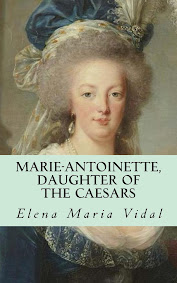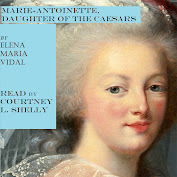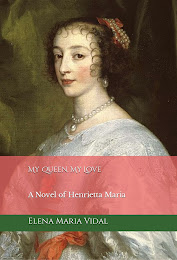From Home and Garden:
For the last decade or so, symmetrical, mirror-image foliate patterns known as ‘damasks’, have been notably absent in the new collections of big fabric houses. Perhaps this is because, in their purple or silver form, mica-beaded or flocked as wallpaper, they have been tainted by the ‘glam’ look of the early noughties. Think of the decor of the British high street beauty salon, all faux-Louis chairs and champagne-themed wall decals and you’ll be along the right lines. But in the last year, our editors have noticed that these patterns, reinterpreted and given a new lease of life, are curling and furling their way right back ‘in’.
Damasks are named after the city of Damascus in Syria, which is where the patterned fabrics were often produced and certainly traded from the mediaeval times onwards. They actually stem back to woven silk fabrics produced in China, where a design was woven in a monochrome silk, the pattern being picked out between darker, duller threads and brighter, shinier threads. The patterns that gained huge popularity in Europe and so spread along the ‘silk route’ to Damascus were often medallion-esque repeats that used curved foliage and fruit motifs and relied on mirror-image symmetry. In fact, symmetry and the use of foliage are the features that define damasks to this day, although some purists might demand that one ought to be woven in two-toned silk in order to really ‘count’. (Read more.)
Share























No comments:
Post a Comment